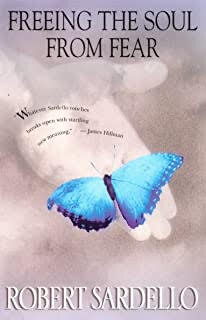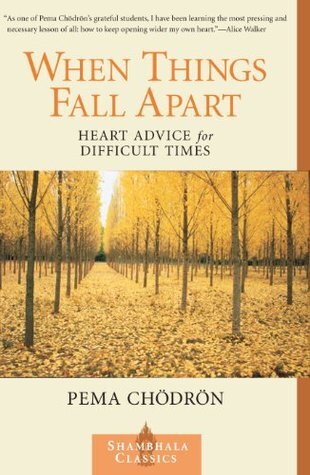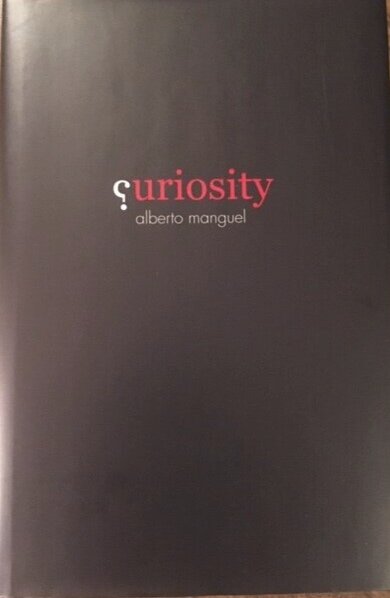Published in the New Braunfels’ Herald-Zeitung, November 21-22, 2020.
Two of our particularly American myths are: the economic myth and the myth of utility or usefulness. The conventional wisdom is that students enroll in higher education programs with the aim of finding suitable employment. Such an attitude, such a mythic understanding of “learning for the sake of earning” has been imbedded deeply into our belief system. But learning was not always inflected along that rather narrow corridor, however valuable it is.
A recent publication challenges these baked-in beliefs: Lost in Thought: The Hidden Pleasures of an Intellectual Life (2020) which is certain to stir controversy. It is one signal of the success of a book if it can do so. Its author, Zena Hitz, winner of The Hiett Prize offered by the Dallas Institute for promising young scholars in the humanities, teaches in the great books program at St. John’s College in Annapolis, Maryland. At one point she became so disillusioned with higher education that she retreated from it and entered a monastery for three years. There she carefully reevaluated her thinking about the deeper values of why we learn, beyond job acquisition and economics.
In one of her chapters, “Learning, Leisure, and Happiness,” she poses two fundamental questions asked by few: “What does learning look like, stripped of its trappings of fame, prestige, fortune, and social use? In other words, how is it good for its own sake, because of its effect on the learner rather than because of its outward results?” Reading good books in many fields, from the ancients’ exploration of what makes us human in all of our complexity, to more contemporary works in philosophy, theology, mathematics, literature and politics, can open us to the deeper dimensions of who we are as unique human beings in a culture that is more comfortable with consuming, striving for more and greater, and seeking the new and latest for a variety of reasons.
Not many educators that I have known or read have made the claim offered by Hitz; she unabashedly claims that learning, which is one of the deepest instincts in our species, has the capacity to generate joy. To learn, is to learn to enjoy being ourselves, being human and most importantly, learning the art of reflection on our life’s journey. One condition that helps to promote these features is, of course, being willing for brief periods of time to be in solitude, which is not the same as being lonely. Being busy often keeps this tendency or need at a safe distance. In my own life, to embrace solitude is the only place from which I can think and write. Then, being with others is actually more, not less, joyful.
Chapter 3, “The Uses of Uselessness,” offers a counter-myth when so much in our lives is measured and valued to the degree that it has “use.” Here she addresses a modern trend--the idea that learning for its own sake and joy, has “been traded for learning for social utility, for the sake of ‘making a difference.’” Yet, not without irony, the notion of learning as useless carries with it a use: “the value of intellectual life lies in its broadening and deepening of our humanity. . . [which] begins in the readers’ or the inquirers’ deep engagement with learning, their assumption of their responsibility of being transformed by what they learn, . . .”
Hitz’s inspiring study resists the threadbare slogan in academe that studying the humanities promotes critical thinking. While not wrong, it is too narrow. Hitz suggests that learning can transform the individual, which is itself a form of social activism, so that learning more deeply about who one truly is can have profound and positive effects on the society at large.












